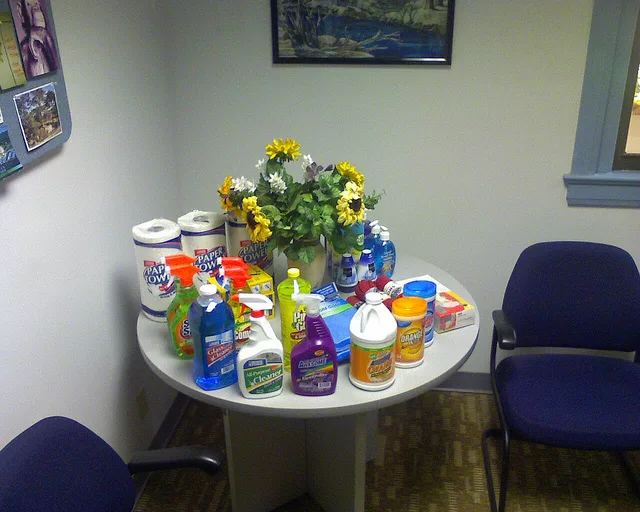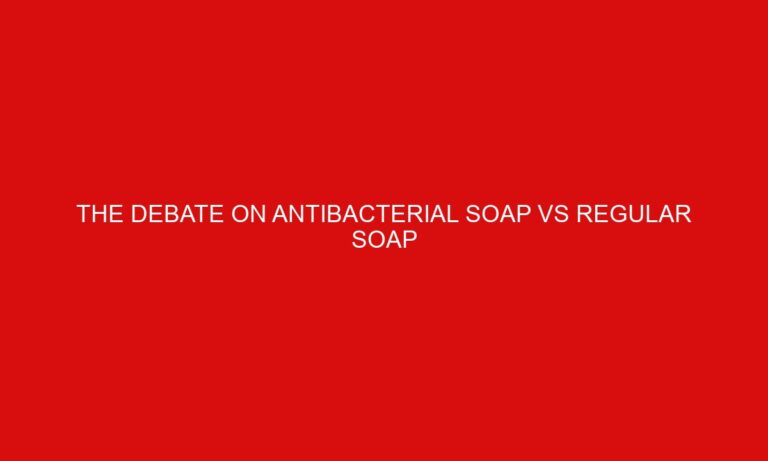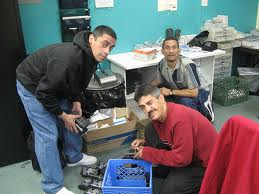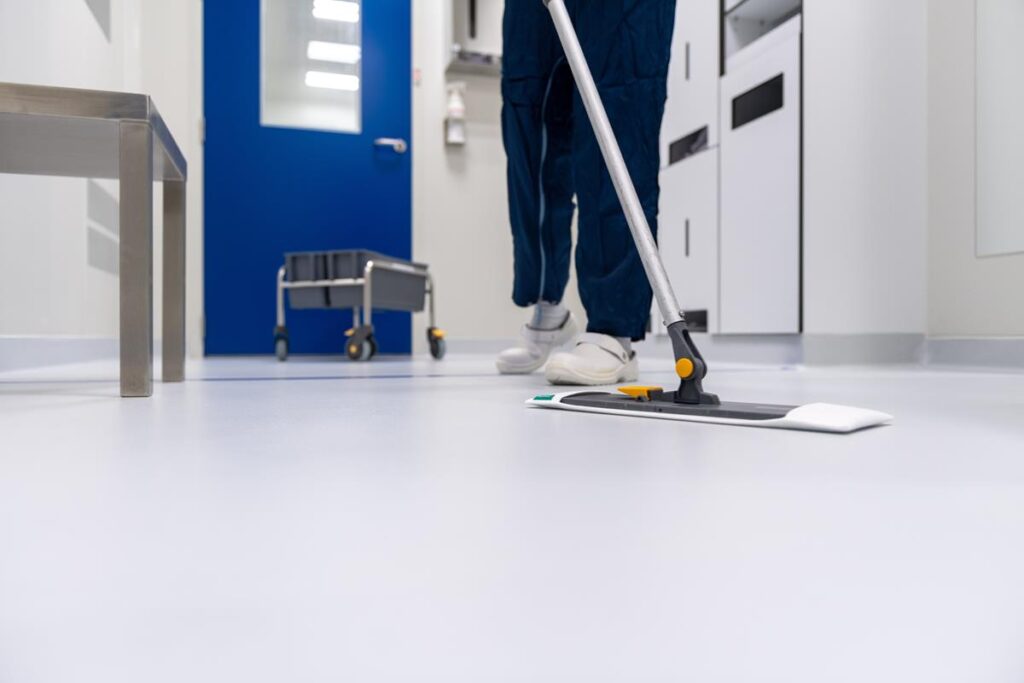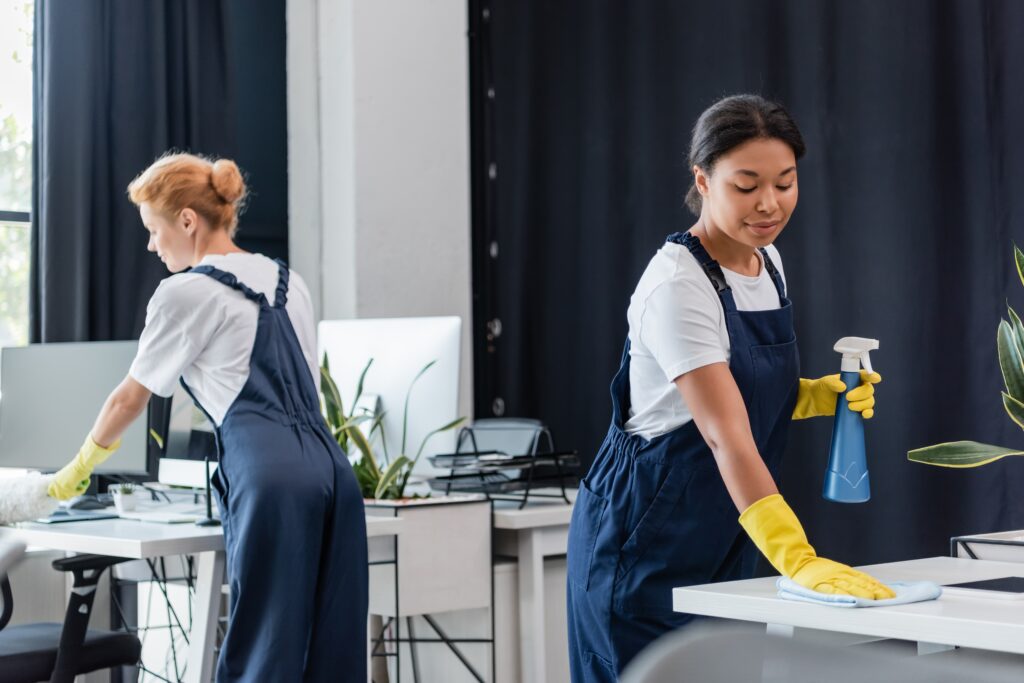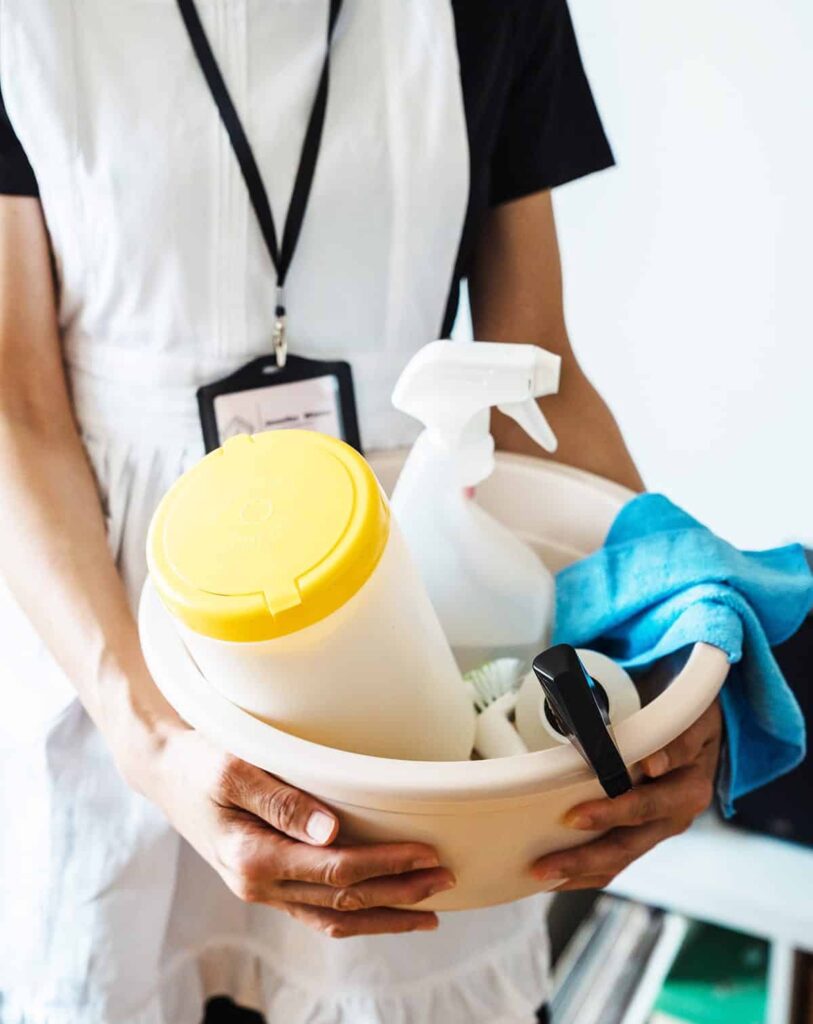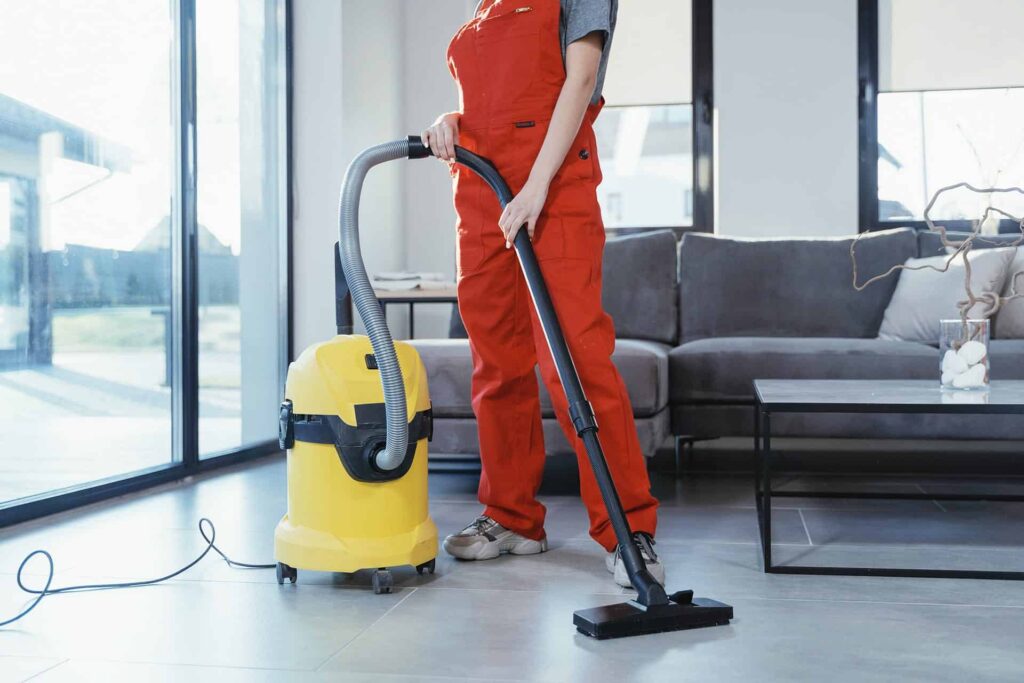Cleaning Your Kitchen Properly
Cleaning Your Kitchen Properly
Written by:
Many people have a favorite room they frequent more than others in their home. People who love to vegetate may stay in the living room more than others. However, those who love to cook and clean may choose to spend more time in the kitchen. As the designated area for cooking and eating food, the kitchen should also be the most sanitary room in the entire house. Unfortunately, most families become so bogged down with work, school, and other related activities that they forget to spend the time needed to keep it clean. Cleaning the kitchen can be a large project; however, it does not need to take an entire day to do it properly.
Follow these suggested techniques to keep your kitchen clean and sanitary:
The Fundamentals
Gather and prepare the necessary materials and cleaning solutions before starting to clean the kitchen. Many people use lemon and distilled white vinegar as a cheap, inexpensive solution to get the job done. Use sponges for certain tasks, such as wiping counters and washing dishes. Be sure to sterilize the sponges by dampening them and then tossing them into the microwave for a little less than a minute. Pull out all appliance manuals for instructions on how to clean them properly. Clear out expired items in the pantry, including spices and baking staples. Wipe any spills found in the pantry to keep away critters. If using a commercial brand cleaner, choose a solution that works best with your kitchen’s surface tops. The same rule applies for stainless steel products.
Large and Small Appliances
Pay close attention to the stove after cooking meals. Wipe up spills around the stove immediately. Failing to clean up greasy spills can make it harder to remove later. Use dishwasher detergent to clean gas burner grates at least once a week. Use a scouring pad for non-coated grates and a sponge for coated grates. Remove the control knobs and clean the residue behind them with dishwasher solution and warm water. Dry the knobs before putting them back on in their home position.
The oven may require additional time to clean compared to other kitchen areas. Remove the racks and then soak them in warm, soapy water for several hours. Use a scouring pad to remove hardened food particulates. Deep clean the oven every couple of months. This will prevent fires and other hazards from happening due to lack of sanitary cleanup. Pay close attention to the vent hood. It collects greasy particles easily. Use a dishwasher liquid and a scrub brush to get this as clean as possible.
Many people overlook the refrigerator, despite its rapid accumulation of food particulates in the food drawers and underlinings. Use a mixture of baking soda and water to remove loose food matter and to wipe up minor spills. Remove all of the shelves and drawers to get in between crevices. Throw away expired food items on a regular basis to avoid cluttering. Place an open box of baking soda in an open area of the refrigerator to neutralize odors. Do not forget to clean the outside of the unit, including the surface and condenser coils. Just remember to unplug it before cleaning around electrical circuits. Treat small appliances with the same precaution, such as microwaves, toasters, food processors, coffeemakers, spice grinders, blenders, and the dishwasher.
Surfaces
Create a mixture of warm water and dishwasher fluid to clean a variety of surfaces. Treat natural-stone and other specialty products with a cleanser specifically made for those surfaces. Use a penetrating grout sealer to protect grout lines in ceramic and natural-stone tiles. Clean around the hinges, handles, and pulls on cabinets and pantry doors. Organize the contents of cabinets and pantries in order of expiration. Pots, pans, utensils, and other cookware should be arranged by type and purpose. This will make it easier to access when cooking. It will also make it quicker to remove the contents when it comes time to clean.
Faucets and Sinks
Wipe the fixtures with a soft cloth, warm water, and dishwasher soap. Apply pressure to remove water spots and other mineral deposits. Wash dishes and other instruments immediately instead of allowing them to pile up in the kitchen sink. This will save time and preserve the life of all cookware, dishware, and utensils. It will also keep the drains clog-free of food matter. By the way, scrape all plates of excess food matter before placing dishes into the sink. Use a gallon of boiling hot water to keep the drains clear of debris. Grind frozen cubes of vinegar in the garbage disposal to sharpen the blades. This will also help sanitize the garbage disposal and drains.
Floors and Garbage Can
Sweep the kitchen floor every night to remove dust, grime, and dirt dragged in from outside. Not only will this cut down on the amount of rodents and critters, it will also preserve the life of the floor itself. Use a specialty floor finish for wood, tile, stone, and linoleum surfaces. In addition, take out the trash daily to keep bugs out of the kitchen. Clean the garbage can on a weekly basis with a sponge and mild detergent. This will cut back on repulsive odors.
Follow these links to learn more about clean and sanitary kitchen techniques:
- Martha Stewart: A Clean Kitchen, Top to Bottom: The model housewife explains how to clean a kitchen properly from the ground up.
- Real Simple: How to Speed-Clean Your Kitchen: An article with an intensive cleaning to-do list for the average household kitchen.
- The Kitchn: How to Clean Your Kitchen (and Keep it Clean ) in 20 minutes a Day for 30 Days: An article that shares a 30-day schedule to keeping your kitchen clean and tidy in 20 minutes per day.
- HowStuffWorks: Kitchen Cleaning Tips: A series of tutorials for those looking to keep their kitchens spick-and-span.
- Food Safety: Wash Hands and Surfaces Often: A government-sponsored website provides information on keeping your household food safe from contamination.
- Apartment Therapy: How to Clean Your Kitchen Sink: A detailed tutorial that shows tenants how to keep their kitchen sink clean.
- HGTV: How to Properly Clean the Kitchen: A step-by-step guide to cleaning the kitchen properly.
- AOL on Time: How to Clean Your Kitchen Appliances Properly: A video with step-by-step instructions on cleaning kitchen appliances properly.
- The National Food Service Management Institute (NFSMI): Sanitizing the Kitchen (PDF): A lesson plan that teaches how to sanitize a kitchen properly by restaurant standards.
- Home Food Safety: How Clean Are Your Kitchen Surfaces?: An article that share the importance of keeping kitchen surfaces clean, including the sponges and washcloths used to clean them with.
Contact Us
Get a quote
Your satisfaction is our priority, and we’re here to assist. Reach out to Busy Bee effortlessly by contacting us. Whether you have questions, need a custom quote, or want to discuss your cleaning requirements, our friendly team is ready to respond promptly. Connecting with us is the first step towards a cleaner and more comfortable environment for your home or business.
Call us for a quote today!
Contact Us
Get a quote
Your satisfaction is our priority, and we’re here to assist. Reach out to Busy Bee effortlessly by contacting us. Whether you have questions, need a custom quote, or want to discuss your cleaning requirements, our friendly team is ready to respond promptly. Connecting with us is the first step towards a cleaner and more comfortable environment for your home or business.


